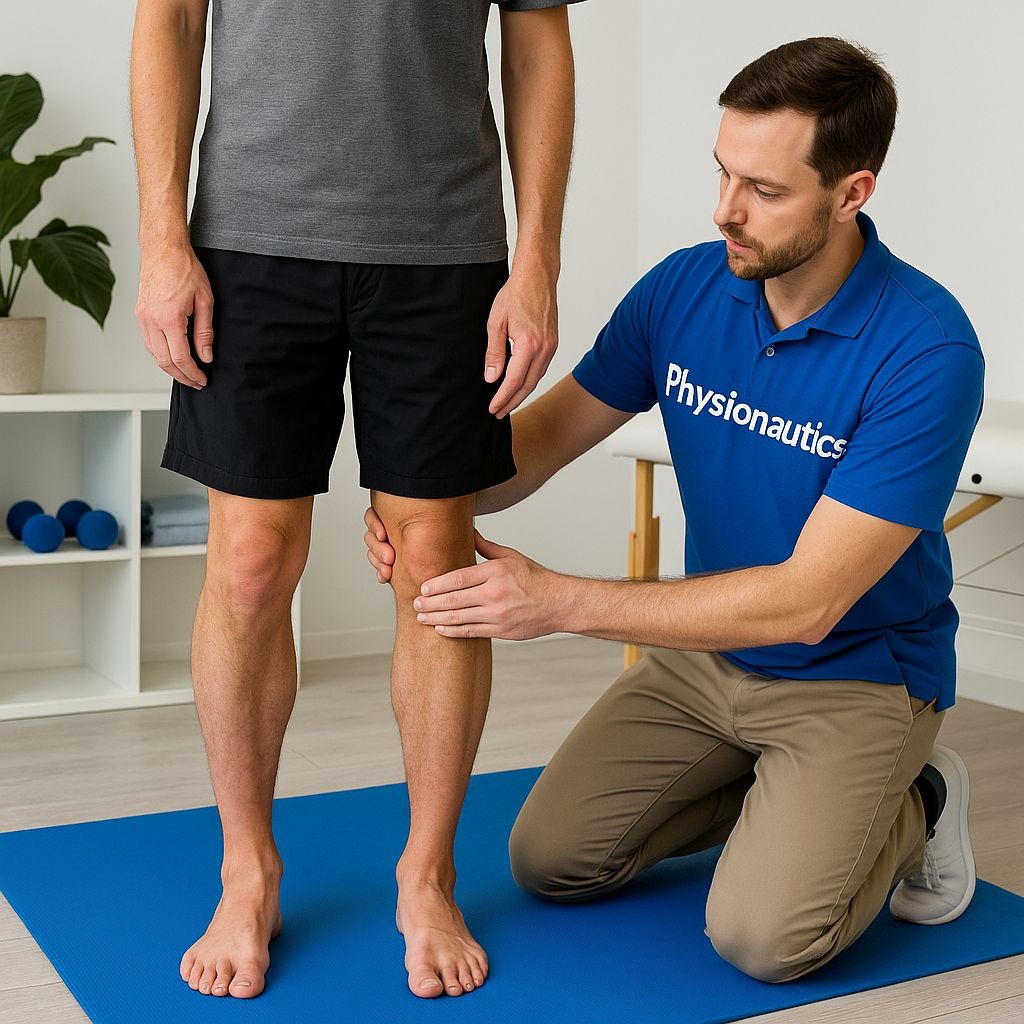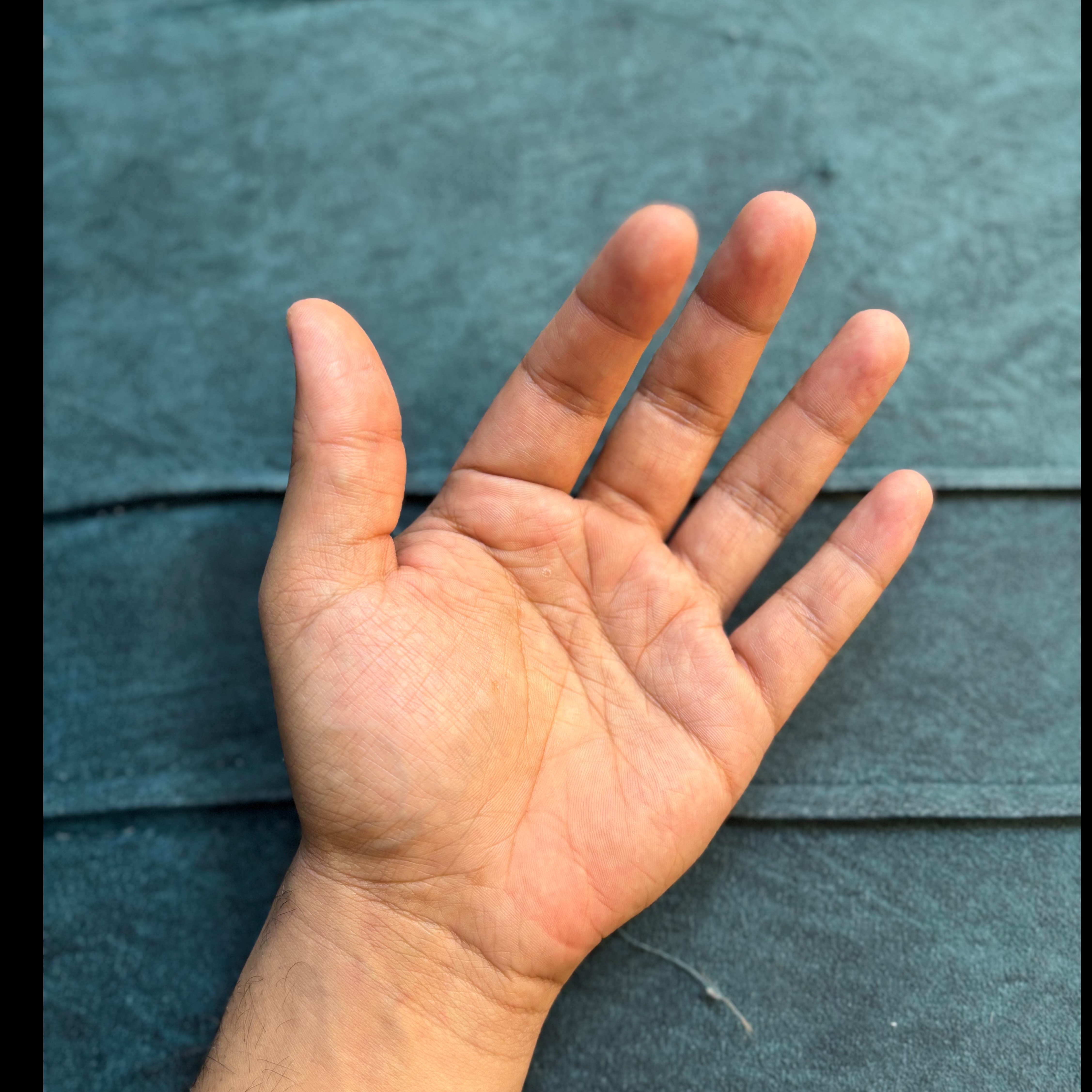



Best Physiotherapy Treatment for Gamekeeper's Thumb. Gamekeeper's thumb, also known as skier's thumb or breakdancers thumb is an injury to the ulnar collateral ligament (UCL) of the thumb. The UCL is a band of tissue that connects the thumb to the hand and helps to stabilize the thumb joint.However, the term 'Gamekeeper's thumb' is used when referring to an ulnar collateral injury caused by repetitive stress on the thumb during such activities as using a wrench, twisting electrical cords or wringing out heavy clothes. Physiotherapy plays a crucial role in the treatment of gamekeeper's thumb, especially in the rehabilitation phase. Gamekeeper's thumb, also known as Skier's thumb or breakdancers thumb is an injury to the ulnar collateral ligament (UCL) of the thumb's metacarpophalangeal (MCP) joint. The UCL is crucial for thumb stability, connecting the thumb to the hand. The injury typically occurs when the thumb is forced backward or sideways, causing the UCL to stretch or tear. The term 'Gamekeeper's thumb' originated from Scottish gamekeepers who frequently sustained this injury due to repetitive movements. • RICE Protocol: Rest, ice, compression, and elevation. • Immobilization: A thumb spica splint or cast is often used to immobilize the thumb and wrist for 4-6 weeks to allow the ligament to heal. Specific exercises commonly used in physiotherapy include: • Mobility Phase Gentle range-of-motion exercises to regain movement in the thumb and wrist. • Strengthening Phase: Progressive strengthening exercises to improve thumb and hand strength. • Gripping/Pinching Phase: Exercises to restore grip and pinch strength, essential for daily activities. For complete tears requiring surgery, physiotherapy follows a similar protocol, but with specific post-operative guidelines, including post surgical rehabilitation: • Thumb Active Range of Motion: Moving the thumb away from the palm, to the side, and across the palm. • Wrist Active Range of Motion: Flexion, extension, and side-to-side movements. • Strengthening Exercises: Picking up small objects, using a rubber band to stretch fingers, and wrist strengthening exercises. • Gripping and Pinching Exercises: Squeezing a soft ball or using putty. • Immobilization: A splint is typically worn for 4-6 weeks after surgery. • Early Motion: Early, controlled movement is often encouraged to promote healing and prevent stiffness.
We hate spam too.